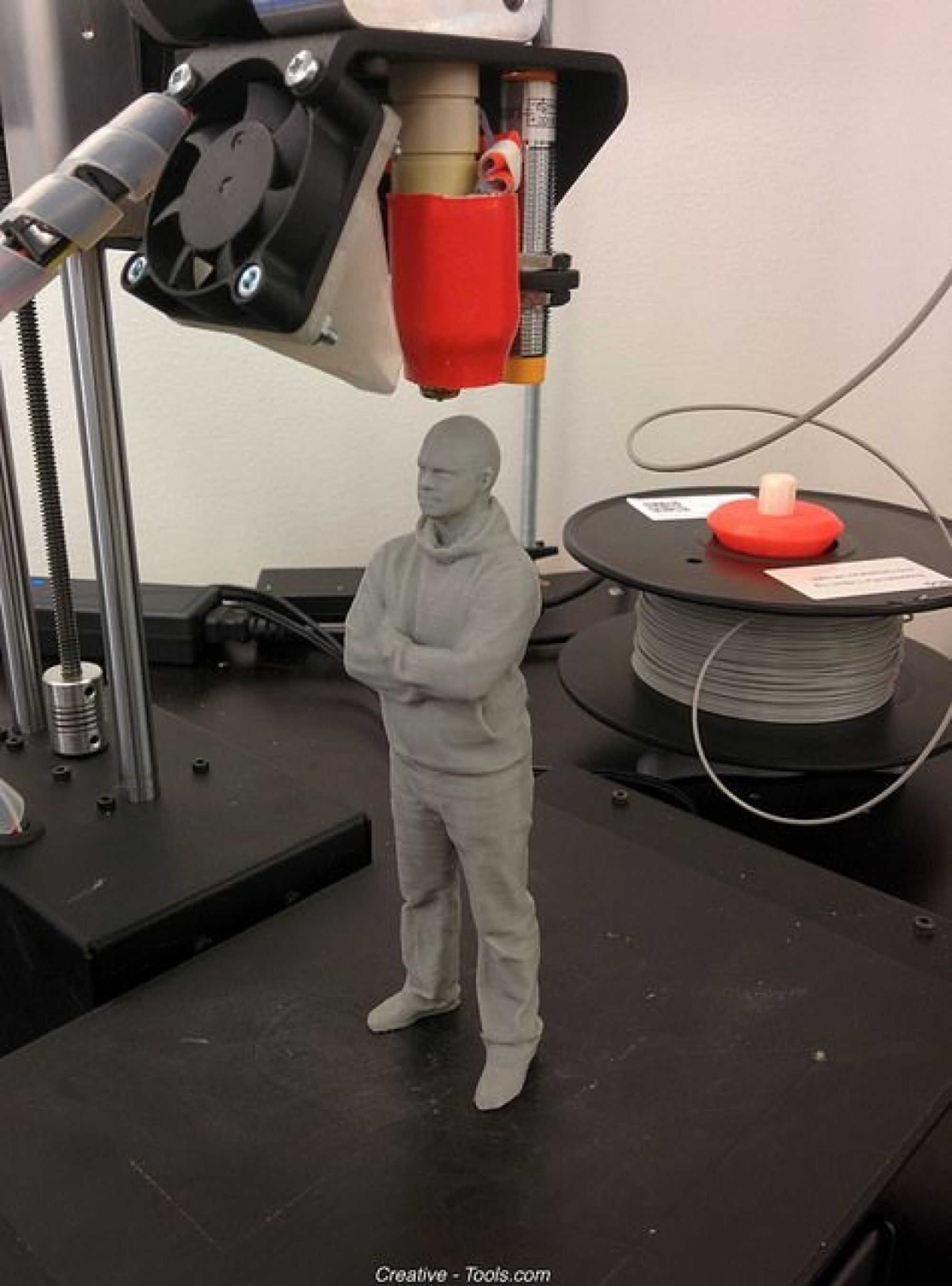![]() Some rights reserved by creative_tools
Some rights reserved by creative_tools
Although for me the word “game-changing” generally falls into the same category of overused words as “unique” and “strategic”, a look at the impact that 3D printing is already having and could yet have suggests that game-changing really could be an appropriate adjective to use to describe this technology. Although more accurately called “additive manufacturing”, the adoption of 3D printing is picking up pace (almost 133,000 3D printers were shipped worldwide in 2014, 68 % up on 2013) and we’re starting to see regular stories about how the technology is being used for a huge variety of purposes – from bra sizing to road-ready cars to pharmaceutical drugs to prosthetic feet for ducks and hoofs for horses.
While 3D printing first appeared during the 1980s as a faster and more cost-effective way of producing prototypes, it wasn’t until early 2009 that the first commercial 3D printer became available to buy. For certain applications, such as prototyping, enthusiasm for the technology has certainly increased, but, as a whole, the industry has yet to reach its take-off velocity. The hurdles to full scale adoption remain the size and cost of the printers and the speed – slow – at which they produce objects.
Nevertheless, according to the World Economic Forum’s (WEF) Global Agenda Council on the Future of Software and Society, the outlook remains positive for 3D printing. For their Deep Shift survey last year on technological tipping points (moments when specific technological shifts hit mainstream society), they collated responses from over 800 executives and experts from the information and communications technology sector about their perceptions of when 21 tipping points would occur. As far as the 3D printing tipping points they included are concerned, by 2025, over 80% expected the first 3D-printed car to be in production and 5% of consumer products to be 3D printed and 76% expected the first 3D-printed liver to have been transplanted.
With Gartner also forecasting most business uses of the technology as entering the “slope of enlightenment” on its Hype Cycle by 2019, it’s not surprising that, at drupa 2016, 3D printing is one of the key themes of the printing and media industry – despite being a manufacturing, rather than a printing, process and therefore requiring additional skills. But as it is a digital process, all the major digital printing equipment suppliers, including Canon, HP, Konica Minolta, Ricoh and Xerox – as well as others – recognise the opportunities and are exhibiting either their own 3D printing equipment or that of a technology partner.
So, as I start to compile my list of “must-sees at drupa”, those exhibiting 3D printers will certainly be on it and I’m looking forward to finding out from them when and, in fact, if they think 3D printing is going to live up to its potential as a game-changing technology.
If you’ve had any experience of 3D printing – good or bad – let us know below!
